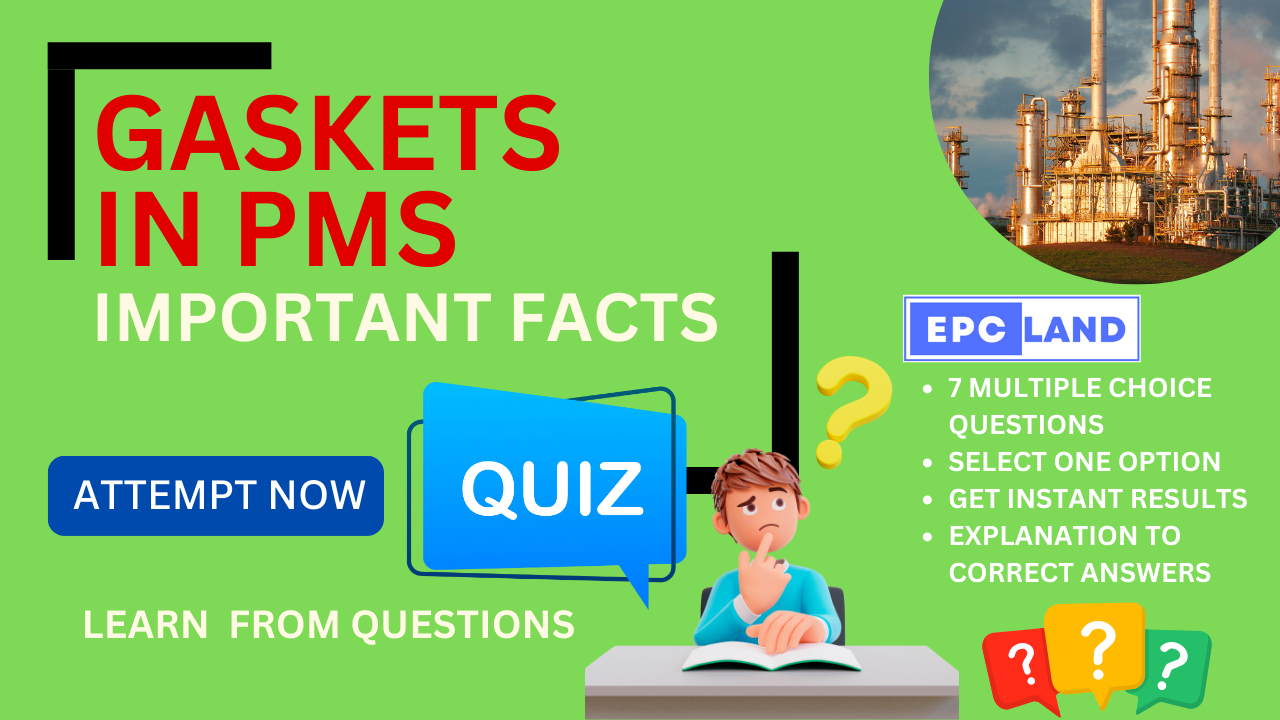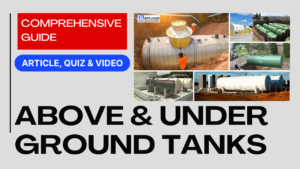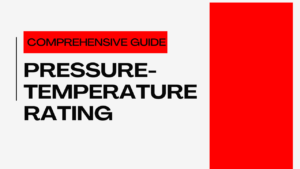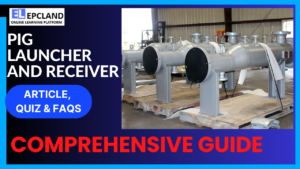I. ASME B16.21 Conformance
According to specifications, up to what size should non-metallic pipe gaskets conform to ASME B16.21?
Explanation: Non-metallic pipe gaskets should conform to ASME B16.21 up to 24″ unless otherwise specified.
II. Spiral Wound Gaskets
What specification do spiral wound gaskets (SP.WND or SPWD) and Ring Joint gaskets need to conform to?
Explanation: Spiral wound gaskets (SP.WND or SPWD) and Ring Joint gaskets shall conform to ASME B16.20.
III. Material Specification for Steel Flange Joint Gaskets
What information is provided in the material specification for steel flange joint gaskets?
Explanation: The material specification for steel flange joint gaskets includes information about the gasket material.
IV. Asbestos Content
What is the requirement regarding asbestos content in gaskets?
Explanation: Gaskets shall contain no asbestos.
V. Spiral Wound Gasket in Full Vacuum Design
What feature is required for a spiral wound gasket used in full vacuum design services?
Explanation: A spiral wound gasket in full vacuum design services shall have an inner ring.
VI. Pipe Wall Thickness and Spiral Wound Gasket
When the pipe wall thickness is less than Std. Wt., what must be specified if a spiral wound gasket with inner ring is used?
Explanation: When the pipe wall thickness is less than Std. Wt., the inner ring bore of a spiral wound gasket must be specified.
VII. Material Certificates for Metallic Gaskets
What standard should material certificates for metallic gaskets comply with?
Explanation: Material certificates for metallic gaskets shall comply with BS EN10204, 3.1.
Table of Contents
Don’t miss the Course on Effective Isometrics Management: Check Now
Enrollment Link
Recommended courses (Published on EPCLand)
- Complete Course on Piping Engineering
- Basics of Piping Engineering
- Piping Layout Engineering
- Piping Material Engineering
- Piping Stress Analysis
- Material Requisitions
- Piping Material Specifications
- Valve Material Specifications
- Plant Design & Layouts-OISD 118
- Isometric Management
Library of Technical Articles
Don’t miss out the collection of 15+ articles on following topics:
- Basics of Oil and Gas Industry
- Valves
- Testing
- Tank
- Piping Bulk Items
- Pipe
- Metallurgy
- Piping Materials
- Layout
- Instrumentation
- Heat Exchanger
- Type of Contracts
- Codes and Standards
- ASTM Standards
- Articles on Piping Specialty Items
Video details of Complete Course on Piping Engineering
Why Enroll in the EPCLand
Proven Track Record– PTR
Activities & Achievements before launching EPCLand
- Published more than 50+ short courses
- 3000+ Enrolments
- More than 3,500,00 Minutes of watch hours in the last 2 years
- 4000+ Students in 100+ Countries
- Rating of 4+ out of 5
- 1000+ YouTube Videos
- 8K+ Subscribers
What Students will Learn
- Codes & Standards of the Energy Sector
- Piping Material Engineering
- Piping Layout Engineering
- Stress Analysis
Interesting facts
- All the published courses have been developed by Industry Experts with more than 2 decades of experience
- Content is based on Practical experience and real-time problems.
- Content is designed and organized in such a manner that it can be easily grabbed.
- Complete website, Blogs and Quiz sections are Planned, Designed and published by myself (About me: Atul Singla)
- Complete flexibility of Time & Location, Students can access the content from anywhere & anytime
- Moreover, once enrolled, the content can be access as many times as you want, which helps in understand the fundamentals in a better way.
Conclusion
In conclusion, our courses are meticulously crafted by industry experts with over two decades of hands-on experience. The content is rooted in practical knowledge, addressing real-time problems. The material is thoughtfully designed and organized for easy comprehension. Every aspect, from the website to blogs and quizzes, has been planned, designed, and executed by Atul Singla, ensuring a comprehensive and seamless learning experience. With the flexibility of accessing the content at any time and from any location, students have the freedom to learn on their terms. Furthermore, enrollment grants unlimited access, allowing learners to revisit the material as often as needed, fostering a deep understanding of the fundamentals.



